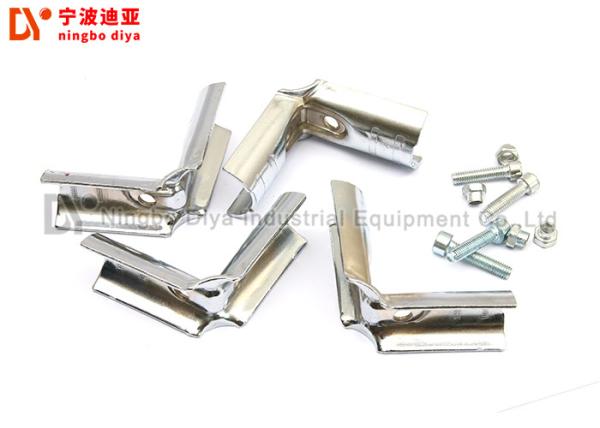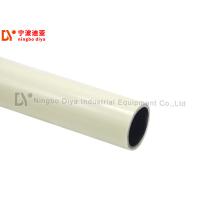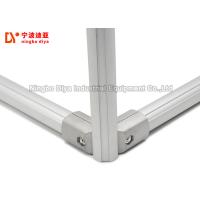Metal Lean Pipe Joint for Pipe Rack Manufacturing System
Description:
Metal joint HJ-2, mainly used for connecting lean pipe and fixing
lean pipe to prevent lean pipe from falling off or shaking. Silver
chrome plated surface treatment, high wear - resistant life.
Manufacturing standard: Using GB materials to processing and
manufacturing. Only the qualified products can pass strict quality
control and inspection.
* Production process: Consistent with the national standard 2.5mm
thickness (excluding special type products) SPCC material. We
emphasize on the functions of each product. Cutting corners in
manufacturing process is not allowed.
* Design requirements: Referenced by the majority of user
experience. Emphasizes on the safety of people, articles, and
equipment; Prolongs the service life.
* Testing: In addition to the regular standard gauge testing, a
special gauge testing is added for every process to ensure the
functional indices reach the standard.
* Scope of application: Factories, enterprise, schools, municipal
administration, business, agriculture, building, etc.
Parameter:
| Model | HJ-6 |
| Material | SPHC |
| Thickness | 2.3mm |
| Weight | 0.09KG |
| Surface treatement | Chromeplate |
Feature:
1. International standard production, high quality and safer to user
and goods.
2. Advanced production equipment, to ensure adequate supply, fast
delivery.
3. fewer workstations
4. better control over quality
5. more efficient use of machinery
6. High glossy and have different loading capacity.

Application:
assemble any structure using different metal pipe joints to connect
lean tubes(flexible bar).
BENEFITS OF using pipe metal joints for flexible lean
manufacturing(Pipe Joint) system
•less waste
•fewer workstations
•quicker changes of tools, dies, and stamping machinery
•reduced downtime
•better control over quality
•reduced labor
•more efficient use of machinery
•work-in-process inventory reduced
•increased capacity
•increased production flexibility











